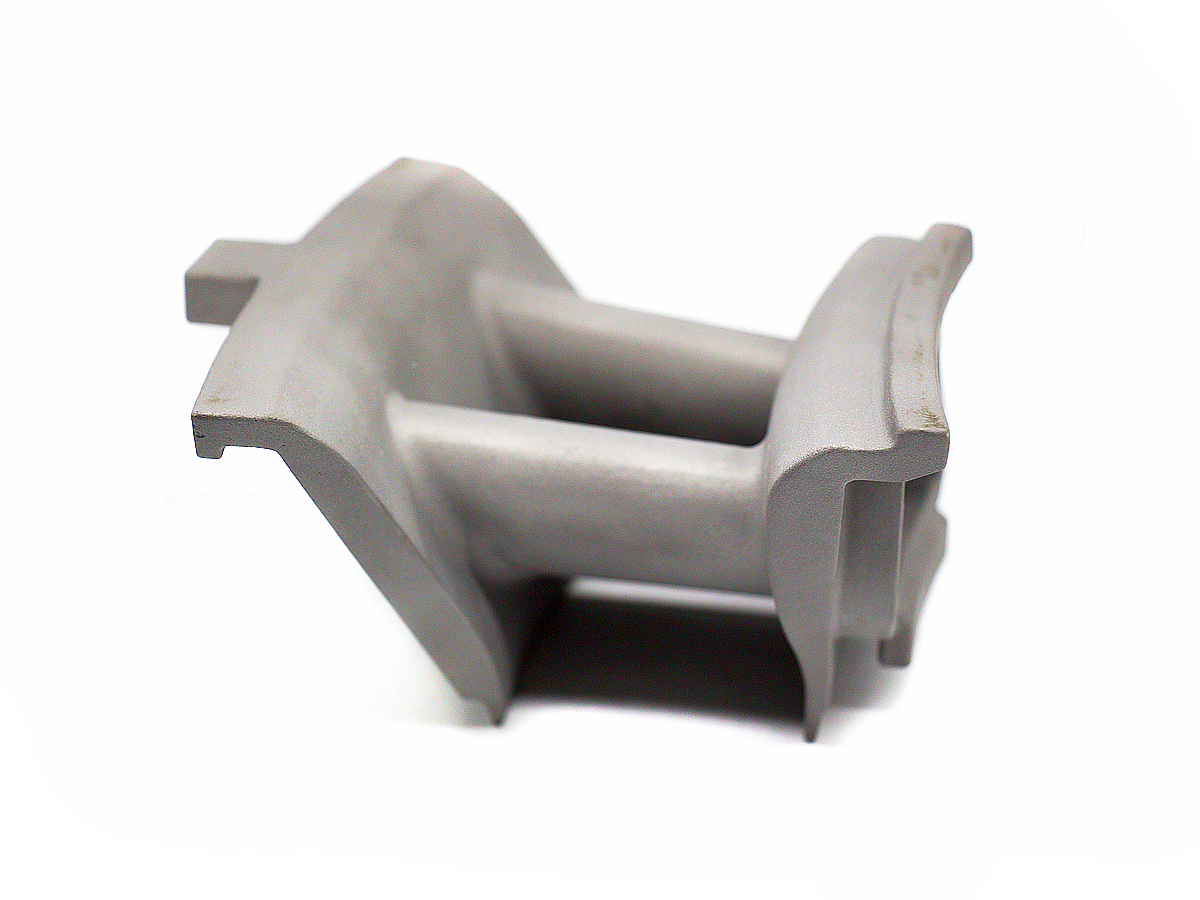EBM 3D Printing Service: Aerospace-Grade Superalloy Parts with Exceptional Strength
Introduction
Electron Beam Melting (EBM) is an advanced additive manufacturing technique particularly suited for producing aerospace-grade superalloy parts with exceptional mechanical strength. Using an electron beam under high vacuum, EBM produces fully dense (>99.9%) components from superalloys such as Inconel 718 and Ti-6Al-4V, achieving superior mechanical properties and fatigue resistance required for aerospace applications.
Compared to conventional manufacturing methods, EBM technology significantly reduces material waste and lead times, enhancing component performance through precise control and repeatability.
Applicable Material Matrix
Material | Density (g/cm³) | Tensile Strength (MPa) | Yield Strength (MPa) | Maximum Operating Temp. (°C) |
|---|---|---|---|---|
8.19 | 1375 | 1100 | 700 | |
4.43 | 950 | 880 | 400 | |
4.43 | 900 | 830 | 350 | |
9.00 | 960 | 480 | 1095 | |
4.65 | 1100 | 1030 | 450 |
Material Selection Guide
Inconel 718: Ideal for aerospace turbine components and structural parts due to exceptional tensile strength (1375 MPa), creep resistance, and oxidation stability at temperatures up to 700°C.
Ti-6Al-4V (Grade 5): Widely used for lightweight aerospace frames and structural brackets owing to high strength-to-weight ratio and excellent corrosion resistance.
Ti-6Al-4V ELI (Grade 23): Preferred in medical and aerospace applications demanding superior fracture toughness, fatigue resistance, and biocompatibility.
Haynes 188: Suitable for turbine combustors and exhaust components, providing outstanding high-temperature strength and oxidation resistance at temperatures exceeding 1000°C.
Ti-6Al-2Sn-4Zr-6Mo: Recommended for compressor blades and high-performance components requiring superior mechanical properties at elevated temperatures.
Process Performance Matrix
Attribute | EBM Performance |
|---|---|
Dimensional Accuracy | ±0.20 mm |
Density | >99.9% |
Layer Thickness | 50–100 μm |
Surface Roughness | Ra 20–30 μm |
Minimum Feature Size | 0.8 mm |
Process Selection Guide
Exceptional Strength: Ideal for critical aerospace applications requiring fully dense, high-strength components with superior fatigue resistance.
Complex Designs: Can produce intricate structures, lattice designs, and internal cooling channels difficult to achieve via traditional manufacturing methods.
Material Efficiency: Achieves near-zero waste due to powder bed reusability, significantly reducing material costs.
High-Temperature Capability: Superior metallurgical properties through vacuum melting, ideal for superalloys demanding thermal stability.
Case In-Depth Analysis: EBM Ti-6Al-4V Structural Components for Aerospace Frame Assemblies
An aerospace manufacturer required lightweight structural brackets and frame connectors capable of withstanding extreme mechanical stresses and operational temperatures up to 400°C. Utilizing our advanced EBM 3D printing service with Ti-6Al-4V, we delivered aerospace parts demonstrating densities exceeding 99.9%, tensile strength of 950 MPa, and yield strength of 880 MPa. Compared to conventional machining, the EBM-produced components featured weight reductions of 40%, significant lead time reduction of 60%, and enhanced fatigue performance. Post-processing included precise CNC machining and controlled heat treatment to optimize mechanical properties further.
Industry Applications
Aerospace and Aviation
High-strength turbine blades and compressor components.
Lightweight structural brackets and mounts.
Advanced aerospace fasteners with optimized geometries.
Medical and Healthcare
Patient-specific orthopedic implants featuring enhanced biocompatibility.
Surgical instruments requiring high durability and corrosion resistance.
Prosthetic components optimized for strength and low weight.
Energy and Power
Gas turbine blades designed for maximum thermal and mechanical efficiency.
High-temperature reactor components for nuclear power plants.
Structural elements for advanced renewable energy systems.
Mainstream 3D Printing Technology Types for Aerospace Applications
Selective Laser Melting (SLM): Precision-focused technology suitable for complex, high-density metal components.
Direct Metal Laser Sintering (DMLS): Optimal for highly detailed, intricate metal parts with exceptional dimensional accuracy.
Directed Energy Deposition (DED): Best for repair, refurbishment, and functional enhancement of existing metal components.
Binder Jetting: Ideal for producing batches of moderate complexity components economically.
Wire Arc Additive Manufacturing (WAAM): Efficient solution for large-scale structural metal parts.
FAQs
What is the maximum component size achievable using EBM 3D printing technology?
How does EBM-produced aerospace component performance compare with traditionally manufactured parts?
What superalloys are most suitable for EBM technology in aerospace applications?
What post-processing methods improve the mechanical properties of EBM-produced components?
Is EBM technology cost-effective for low-volume aerospace component production?

